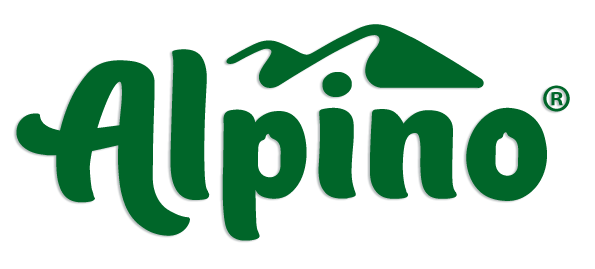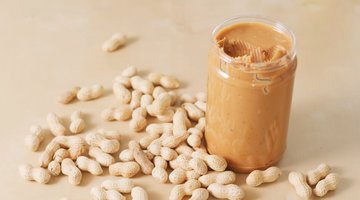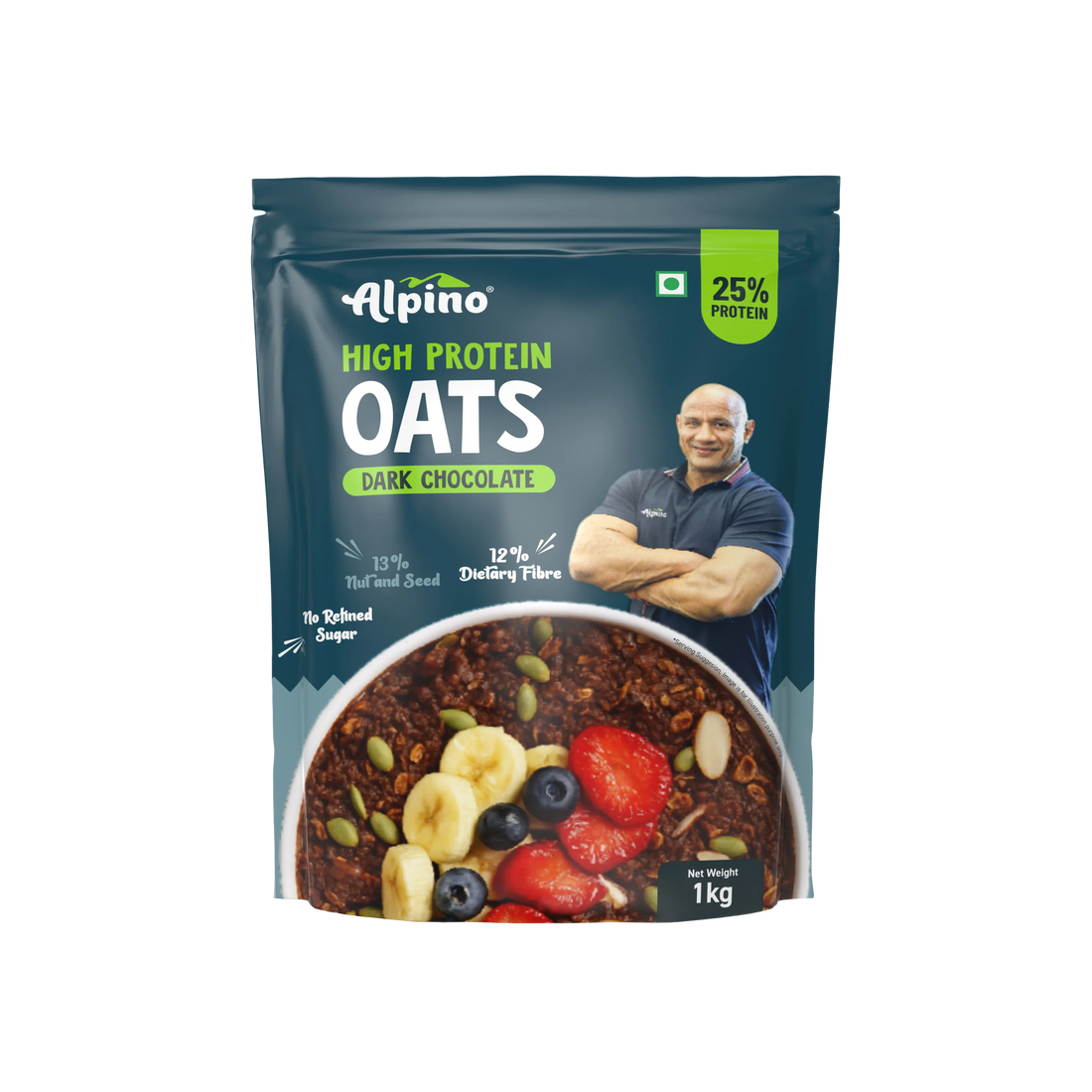Did you know that the average person consumes approximately 3000 peanut butter and jelly sandwiches throughout their lifetime? That's fine, but there's a lot more you can do with this versatile, protein-rich ingredient.
So, if you're looking to change up your peanut butter routine, this is the article for you. Continue reading to learn more about delicious and high-protein peanut butter that provide a healthy dose of protein.
What are the 3 types of peanut butter?
The original peanut butter is made by blending raw peanuts, which are usually natural or organic. The grocery store shelves are dominated by three types of peanut butter: crunchy or chunky peanut butter, creamy or smooth peanut butter, and natural or organic peanut butter.
Subcategories within these categories include homemade, no oils or sugar added, and even powdered peanut butter. Yes, you read that correctly. Let's take a look at every nut butter in each category.
Chunky Or Crunchy Peanut Butter
Regular
Peanut butter in its natural state contains hydrogenated oil, sugar, and preservatives. This means you won't have to keep your peanut butter in the fridge because it will keep for a long time. You won't need to stir it to combine the oil and nut butter. However, hydrogenated oil is harmful, so stick to the next peanut butter category.
Natural
This peanut butter is made entirely of peanuts and nut oil. It contains no added sugar, oils, or other ingredients to extend its shelf life. Some people, however, dislike having to mix the oil on the top back into the nut butter. This type of peanut butter must be refrigerated to stay fresh.
Organic
Crunchy or chunky peanut butter is only organic because the nuts contain little to no pesticides. Many people prefer this, despite the fact that it is more expensive. It, too, must be refrigerated to stay fresh.
Creamy Or Smooth Peanut Butter
Peanut butter that is creamy or smooth contains no nut chunks. The oil that rises to the top of jars of natural peanut butter is mixed in. It contains hydrogenated oil, sugars, and added oils as well. Because of these and other preservatives, it has a shelf life of several months.
Regular
The nuts are ground first to make smooth peanut butter. It is ground a second time to ensure that every last nut in the butter is processed. To extend the shelf life of the oils and sugars, preservatives are added. It won't need to be refrigerated.
Natural
The natural way to make creamy peanut butter is to grind the nuts in a food processor or blender. There are no preservatives, oils, or sugars added. A small amount of oil can be added to thin out the butter if necessary. Refrigeration is required to keep natural creamy peanut butter fresh.
Organic
The same method is used to make Organic Creamy Organic Peanut Butter. The only difference is that the nuts will not be treated with pesticides. Smooth organic peanut butter requires refrigeration as well.
Natural Or Organic
The categories above have mostly covered natural and organic peanut butter. Just keep in mind that if the ingredients list does not include only peanuts and salt, return it and opt for the real thing or make it yourself.
Which Alpino peanut butter contains the highest protein?
There isn’t just one but three of our best-selling high protein peanut butter at Alpino.
- Alpino High Protein Dark Chocolate Peanut Butter Crisp
- Alpino High Protein Jaggery Peanut Butter Smooth
- Alpino High Protein Dark Chocolate Peanut Butter Smooth
Does peanut butter build muscle?
Peanut butter is a versatile ingredient that can be used in everything from smoothies to on-the-go snacks. One tablespoon of peanut butter contains four grams of protein, making it an excellent source of protein for muscle building.
Peanut butter is also high in monounsaturated fat, antioxidants, vitamins, and minerals, all of which help your body stay healthy and function properly.

Why do people say peanut butter is high in protein?
Because peanut butter is a reasonably balanced energy source that contains all three of the major macronutrients. A 3.5-ounce (100-gram) serving of peanut butter contains the following nutrients (4 Trusted Sources):
- Carbohydrates: 22 grams of carbs
- Protein: 22.5 grams of protein
- Fat: 51 grams of fat
What has more protein eggs or peanut butter?
Eggs and peanut butter are both high in calories. Peanut butter contains 312% more calories than an egg, with an egg containing 143 calories per 100 grams and peanut butter containing 589 calories.

In terms of macronutrient ratios, an egg is much higher in protein, lower in carbs, and lower in fat than peanut butter per calorie. For protein, carbohydrates, and fat from calories, an egg has a macronutrient ratio of 36:2:62, while peanut butter has a ratio of 15:14:71.
Should you eat peanut butter every day?
If you're unsure how much peanut butter to consume each day, a good general rule of thumb is one to two tablespoons. However, a healthy serving of any high-fat food is roughly two tablespoons.
Is a spoonful of peanut butter enough protein?
A tablespoon of peanut butter contains approximately 100 kcal. When it comes to protein, you should aim for at LEAST 20g per meal. So, if you want to get more protein from peanut butter, eat 2 tablespoons.
Is it OK to eat peanut butter every day?
It is acceptable to consume peanut butter on a daily basis, but only in moderation. Consume no more than 2-3 tablespoons (32 grams) per day. This protein-rich spread is made by blending roasted peanuts into a thick paste, and it contains a variety of nutrients that promote health.
How do bodybuilders eat peanut butter?
For bodybuilders, eating peanut butter by the spoonful gets boring quickly, but you can mix it with your other meals. A spoonful of peanut butter, for example, brightens up a protein smoothie or a bowl of oatmeal goes well with vegetables or fruit and tastes great when combined with spices in a sauce for chicken or tofu. It's also a simple treat when slathered on freshly toasted bread. In most cases, peanut butter contains just enough sugar to satisfy a sweet craving and is a healthier alternative to cake or candy.
In Conclusion
Peanut butter is nutritious. There are numerous advantages to using peanut butter.
It is high in protein and contains some nutrients. It also contains fiber, vitamins, and minerals. Peanut butter contains healthy fat.
Peanut butter consumption that is limited or moderate would be beneficial to one's health. Consuming more than the prescribed or recommended limit, on the other hand, is likely to do more harm than good to the body.
Frequently Asked Questions (FAQs)
How many different kinds of peanut butter do you have?
The grocery store shelves are dominated by three types of peanut butter: natural or organic, creamy or smooth, and chunky or crunchy.
Why is peanut butter unhealthy?
Although most peanut butter fat is relatively healthy, peanuts do contain some saturated fat, which can cause heart problems if consumed in excess over time.
Can peanut butter be consumed on a daily basis?
Consuming peanut butter on a daily basis is permissible, but only in moderation.
What are the negative consequences of eating peanut butter?
Limit your daily peanut butter consumption to two tablespoons (about 32 grams). There will be no side effects or negative reactions in your body as a result of this.

















